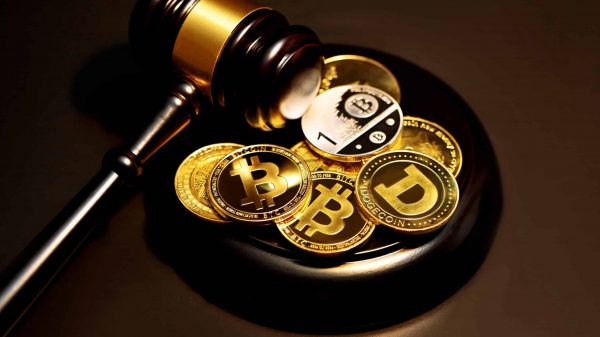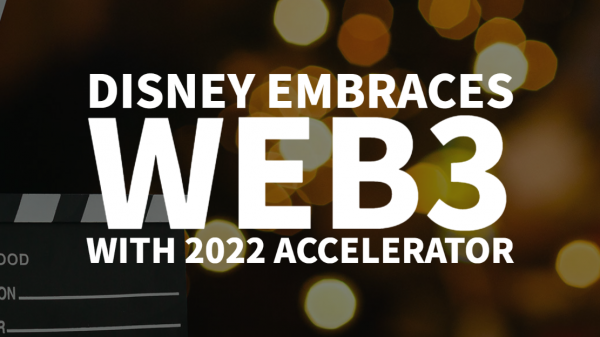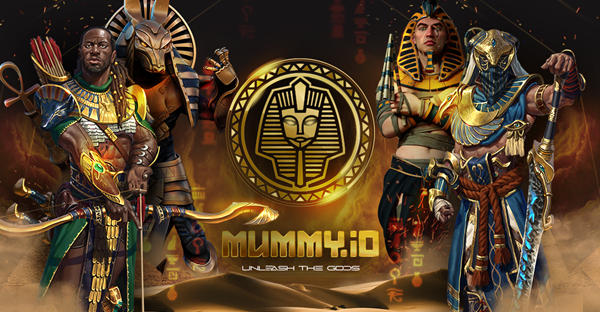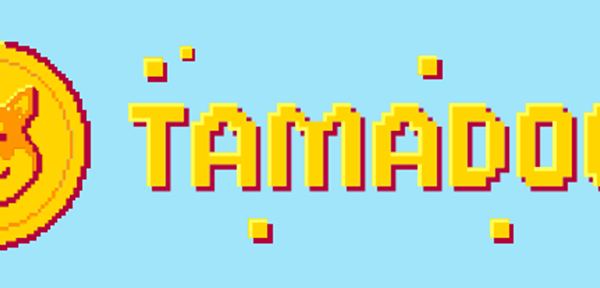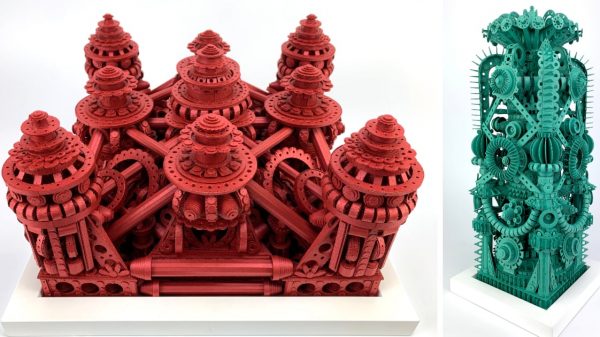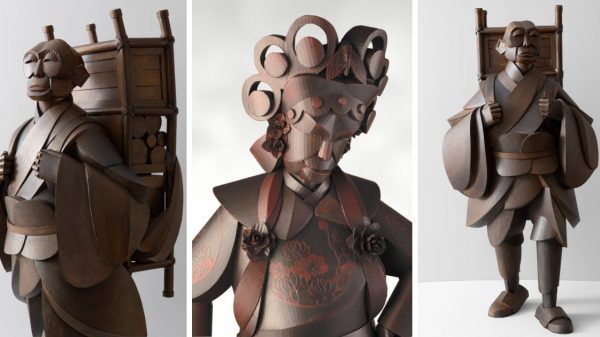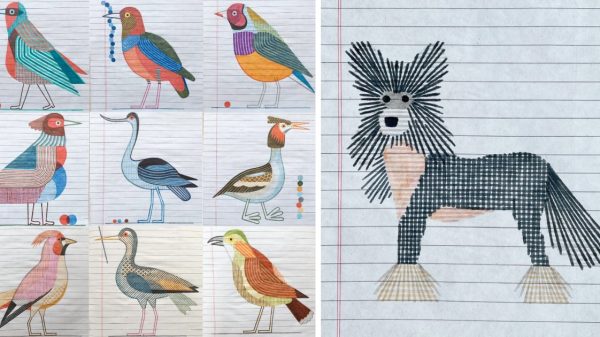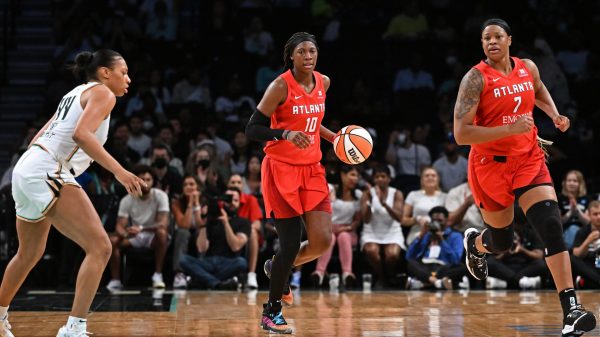When is a meme worth $600,000? When technology has created a ‘unique’ version that can’t be owned by anyone else
Pat, I keep hearing references to cryptoart which are all very … cryptic. What is this thing?
Hey Lucy! So you might have heard of it in context of the $US600,000 Nyan Cat gif or the more recent Kings of Leon NFT Album, both of which are examples of cryptoart. Cryptoart is a way of making digital art unique, and therefore – according to some people – valuable. Normally, digital art is very easy to replicate due to the very nature of digital information. So cryptoart is a way of making digital files one-of-a-kind.
But, but … how do they stop it being replicated if it’s digital? And doesn’t that mean it’s not really “one-of-a-kind”?
This is going to get technical, so bear with me.
Technically, it’s not the art that isn’t replicable; it’s something that’s linked to the piece of art, called an NFT (non-fungible token). Think of it like a unique ID number assigned to the art. The number is checked against a distributed database updated and shared across a network of computers, also known as a “blockchain”. The database is set out in a number of “blocks” of data, each leading sequentially to the next – hence the “chain”.
Whenever an NFT transaction occurs – buying, selling, giving, whatever – the data is timestamped and then has to be validated across the entire blockchain, which contains a history of every transaction ever made with that specific NFT. Since the database is distributed, it means there’s no central location where the data can be easily changed; instead, every single computer must agree with every other computer that the transaction is valid.
To put it another way, the blockchain verifies that there is only ever one account capable of owning the NFT at a given time. If I sell Picasso.jpeg to James, I can’t then turn around and sell the same Picasso.jpeg (or an exact digital replica of it) to Robin – the blockchain knows that I already transferred the art (and its NFT) to James, so I can’t sell it to Robin, and will mark the transaction as invalid.
Ummm, I think you lost me at “technically”. So let me get this straight, I can technically own the actual digital image of the “Picasso.jpeg” but everyone else in the world can also technically view their own, exact same “Picasso.jpeg” because it’s replicable, even if they can’t “own” it?
Yup, that’s right. All that cryptoart really does is say “this specific copy of it is unique” and confirm it with the world – in terms of the actual piece of art, it doesn’t do anything to prevent it being copied and spread.
But isn’t the point of owning art the idea of owning something unique? If the original artwork and all the copies are exactly the same, where is the value? How much are these artworks being sold for?
Well, think about it this way: anyone can buy a fairly perfect print of the Mona Lisa – good enough for most human eyes, anyway – but only one person or institution has the original. Value, as with beauty, is in the eye of the beholder: what something is worth is what someone is willing to pay for it. And cryptoart, like normal art, varies wildly in price – from the tens of dollars, to the thousands, to the millions.
Millions? What?
Normally I’d say “you gotta respect the hustle” here – and I do, to some extent, because making money as an artist is a bloody hard road (though it’s easier if you’re Grimes) – but there’s a pretty big downside to crypto art (and crypto in general) that’s hidden beneath the dollar value.
It’s currently enormously energy inefficient – estimates vary widely, but best guess is that the average power consumption of a single transaction is equivalent to about 48kWH of energy, or something like two or three days’ worth of power for an average Australian household. And a single crypto marketplace, of which there are many, submits thousands of transactions every single day.
I’m sorry, this literally does not compute. Has this got something to do with what you said earlier, that “every single computer must agree with every other computer”?
The validation process is a huge part of the issue, yeah. To simplify greatly, the way to check a new transaction is valid is by ensuring that every block before it in the chain is accurate, which is done by solving a mathematical puzzle relating to its encryption. The encryption is so difficult for security reasons that the most efficient way to solve the puzzle is simply to generate random numbers to use, as quickly as possible, with a reward in cryptocurrency for the person who first solves the puzzle and validates the last batch of transactions – this process is termed “mining”.
Because of this incentive, massive amounts of computing power around the world are being put towards mining, even if much of it (all the wrong guesses) is technically wasted. And all those computers need electricity.
This mining seems bad. And all for one non-fungible token that you can’t even put on your wall. Is there any discussion around how to offset the energy use?
Crypto-enthusiasts are aware that the environmental cost is one of several major criticisms of the tech as it stands, so there are a few methods in play to try to reduce the damage. The first is changing the validation model from one where everyone is racing for a single solution to one where select users are algorithmically chosen to do the work, which should drastically reduce the amount of computer power required for the record keeping. Other solutions include more traditional offsetting, such as planting trees, or trading carbon credits (often verified by blockchain, funnily enough), but these have their downsides. And that’s not even dealing with the various issues beyond the environmental costs.
Are the artworks at least beautiful to look at?
It depends on your preferences – there are loads of different genres out there, though at a glance the market seems largely dominated by glitch art. One of the positives about cryptoart is that it makes various forms of art that are harder to sell under traditional value schemes, like motion graphics or interactive displays, actually viable to produce for individual artists. And you could hang it on your wall, for real – though probably in a digital frame or suchlike, for the motion-based ones. You can see a pretty good random sampling here, alongside a rough estimate of the ecological costs of putting the piece on the blockchain.
As they say in the classics, I don’t know much about cryptoart, but I know what I like. I think.



